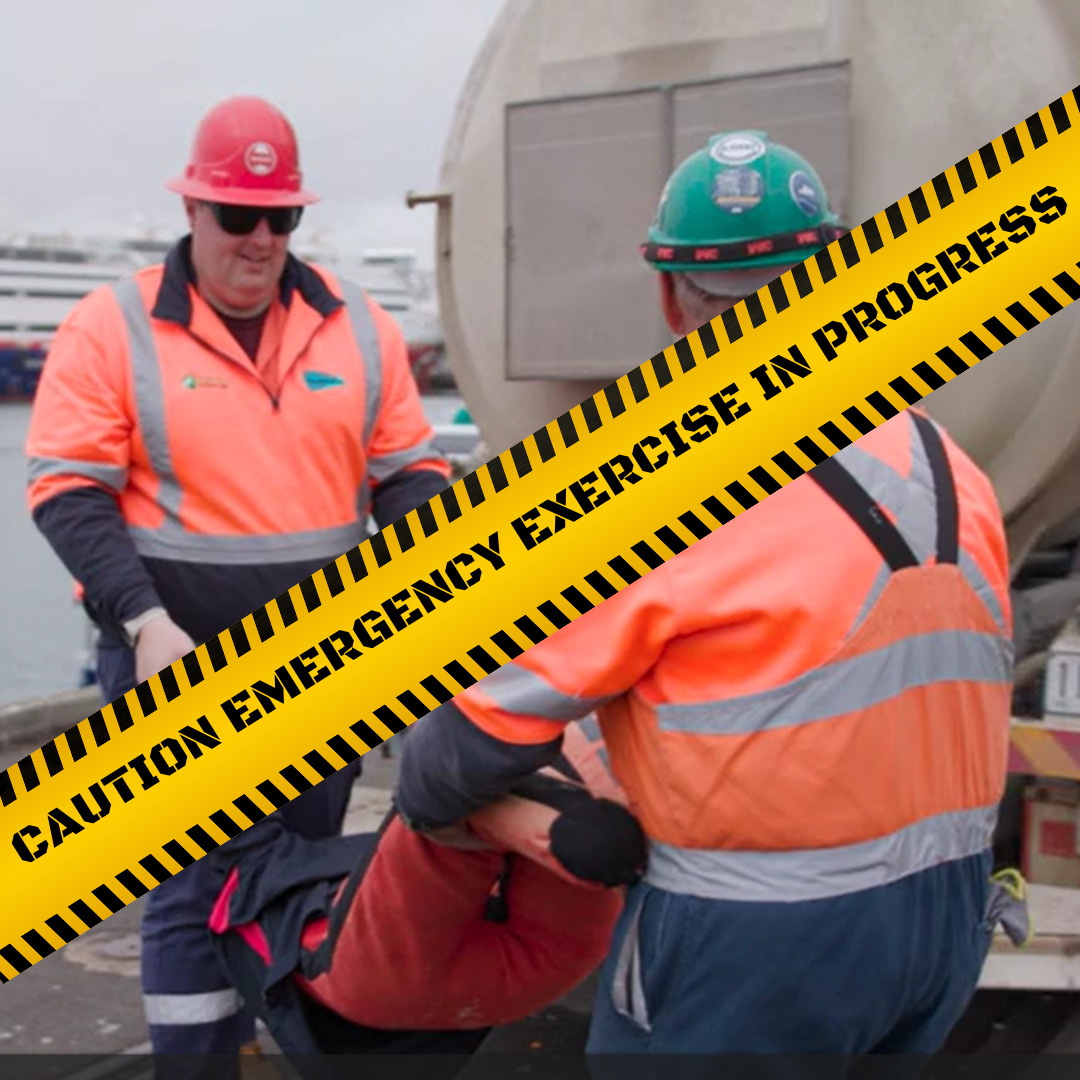No matter the size or format of your business, there’s always going to be risk. Sometimes they’re internal (financial planning, health and safety, insurance), sometimes external (economic changes, global emergencies, unforeseen circumstances like storm damage). Now more than ever, we understand how situations can change in an instant, so the best thing for every business to do is to be prepared.
In this article, we’ll outline the basics of risk management and why it’s an essential process to protect your business and livelihood. To learn more about the fundamentals of mitigation and taking the first steps to strengthening your workplace, read on.
Why is Risk Management Important?
Perhaps the greatest takeaway of 2020 is that you never know when everything’s going to change. Following a year of unpredictable circumstances, many businesses are realising the importance of having plans in place to tackle whatever may be thrown their way. Be it international changes like a pandemic, bushfires, hurricanes, shifts in the economy – there are always going to be risks that nobody can prepare for. But organisations can and must get into the habit of assessing potential risks and setting themselves up with plans and safety nets to protect the company. As the old adage goes, it’s better to be safe than sorry!
What is Risk Management?
Risk management, or risk mitigation, is simply a process through which you assess potential risks and identify the best ways to minimise the threat and potential losses. Developing plans and finding opportunities is just as much a part of the process as avoiding and mitigating threats.
Here’s what the process typically involves:
1. Establish the Context
The first step is to establish the context in which risks will be reviewed. Define the criteria against which risks will be evaluated to measure potential threats and losses, and clearly outline a structure for your analysis. This will make the process endlessly smoother.
2. Identify Risks
Determine the risks you could face. Move through hypothetical scenarios and assess your current conditions/protocols to identify your potential threats. Find out what may arise to pose danger to your organisation, and ask yourself how and why these things may occur.
3. Analyse Risks
Put your existing protocols and controls to the test. When analysing risks, we’re looking to determine both the likelihood of the threat occurring as well as the potential loss it threatens. These two factors combined will give you a pretty clear idea of how dangerous a risk is to your business.
4. Evaluate Risks
Use your pre-established criteria to rank risks in order of priority. In this part of the process, it’s important to understand what the biggest threats to your company are, and where your focus needs to be to build a strong foundation for your future.
5. Treat Risks
With a clear outline of your high and low risks, it will be clear where your attention needs to be. For low risks, threatening minimal damage or highly unlikely to occur, it may be as simple as keeping tabs and regularly reviewing the risk to ensure it stays low. Your higher-level threats require more focus. In this step you need to develop and implement mitigation plans, considering all necessary aspects to ensure that the risk is properly managed. You want things to be as protected as possible – the more threats managed to an acceptable level of potential loss, the better prepared your business will be to handle whatever is thrown your way.
6. Monitor and Review
Risk management is an ongoing commitment. In a world where things change instantly, ensuring that you are regularly checking your protocols and reviewing potential threats to keep everything under control is invaluable.
Different Types of Risk Management
Once the process is implemented, mitigation can take many different forms depending on the type of risk encountered. The most common risk management strategies include:
- Risk Avoidance (Eliminating the threat)
- Risk Reduction (Minimising potential loss, and reducing the scope of the threat as much as possible)
- Risk Sharing (Distributing the consequences of a risk across departments or partners to ease the load of loss)
- Risk Retaining (Sometimes the potential fallout may be worth the risk, and deciding to retain the threat because of greater profit opportunities is the best option for the company)
Industries that are offered risk management
Resilient Services provides a range of risk management plans to a variety of industries. These industries include, but are not limited to:

Aviation

Agribusiness

Electricity Transmission and Distribution

Electricity Generation, including Renewables

Gas Transmission and Distribution

Government

Industrial and manufacturing

Maritime (ports)

Mining

Oil and gas

Water





